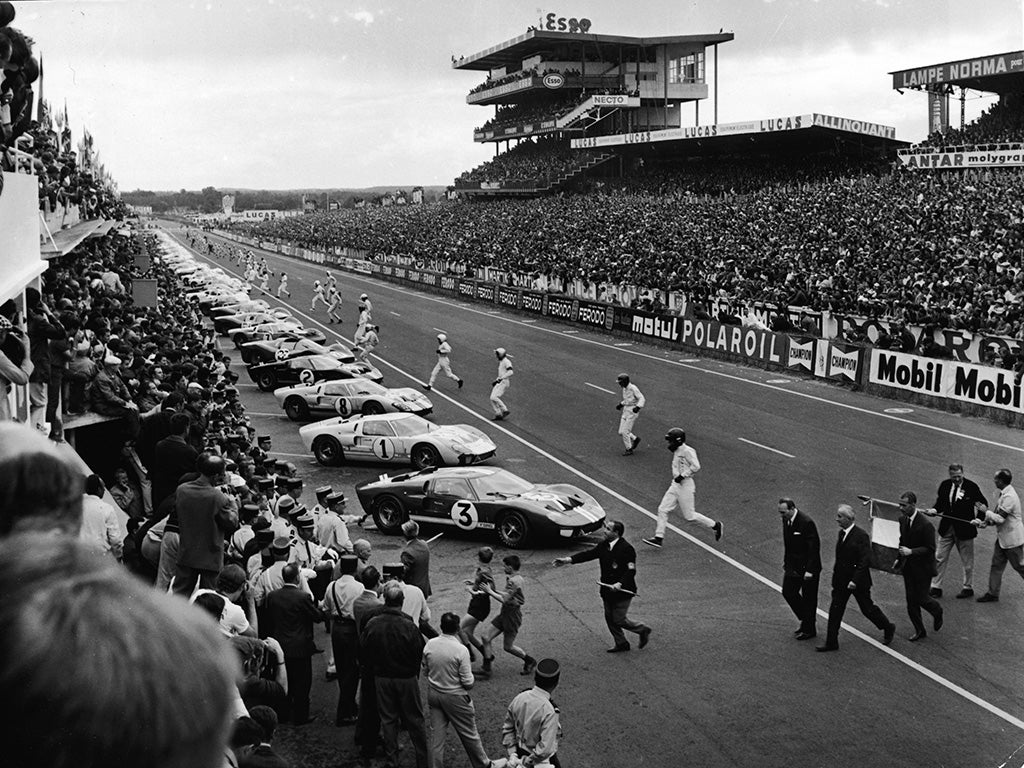Le Mans 1969: The greatest race ever run – anywhere
With the event set to kick off this afternoon, Mick O’Hare revisits the rich history of France’s annual 24-hour motorsport extravaganza

When New Zealander Bruce McLaren’s Ford GT40 crossed the finish line a fraction of a second ahead of Briton Ken Miles’s sister car at the end of the 1966 Le Mans 24 Hour race, it was the closest finish in the event’s history. For two cars to be yards apart after 24 hours and 3,000 miles of racing was an extraordinary denouement. But the finish had been stage-managed.
To celebrate Ford’s first win at the famous race, its racing director Leo Beebe instructed his drivers to stage a dead-heat – he was imagining the headlines and photographs the following day after his team had finally defeated the previously all-conquering Ferraris. He was also hoping to impress his boss, Henry Ford II, who was watching on.
But the race organisers got wind of the plan and expressed disapproval, pointing out that McLaren’s car had started further down the grid than Miles’s and so had travelled further (the rules at Le Mans differ from Formula 1 races – the winner is the car that travels furthest in 24 hours). But before this became an issue, Miles, not wishing to be part of a rigged result, dropped back a few feet at the last second allowing McLaren to take outright victory.
Subscribe to Independent Premium to bookmark this article
Want to bookmark your favourite articles and stories to read or reference later? Start your Independent Premium subscription today.
Join our commenting forum
Join thought-provoking conversations, follow other Independent readers and see their replies